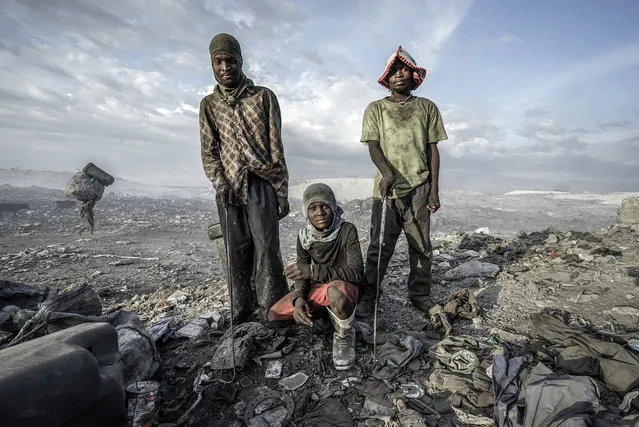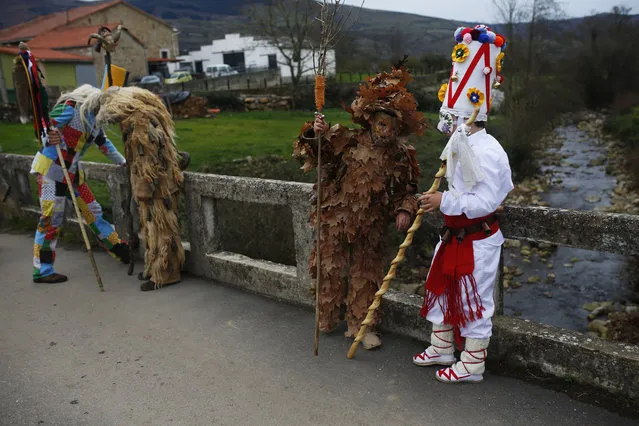
The Democratic Republic of the Congo’s misfortunes have often eclipsed its good news, with ongoing armed conflicts and most recently an Ebola outbreak. Much of the world knows little of the country’s vibrant arts scene, and last weekend in the capital, Kinshasa, models showed off daring new looks dreamed up by local designers on the catwalk. (Photo by Olivia Acland/The Guardian)
20 Aug 2018 00:05:00,post received
0 comments







